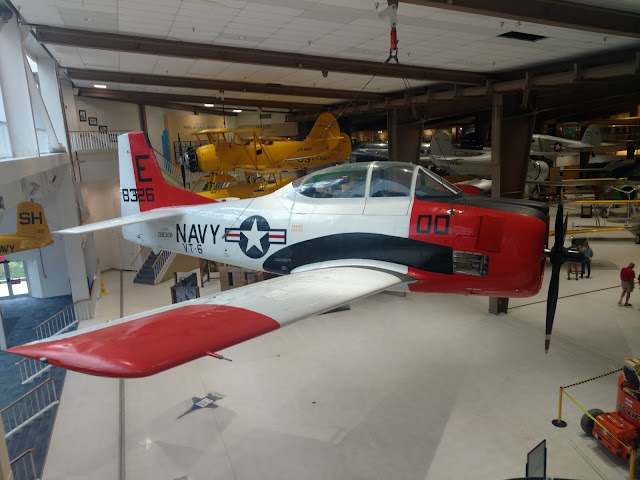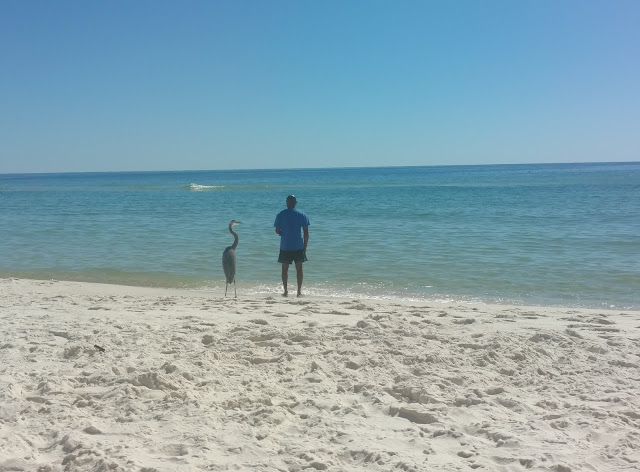Weather was cooler and rainy today. We went to the "Sweet Home Farm" which is a small, out of the way farm that is only open on Friday's and Saturday's. They sell some things grown on their farm, along with homemade sauerkraut, hot sauces, home made jams and jellies. However, their specialty is their homemade cheese. They have been in business for over 40 years. It all started when the couple received a cow for her wedding gift. They started making cheese and now they offer many different varieties, many of which have won awards. We purchase some Baldwin Swiss, Bama Jack and Tuscany cheese, along with some chocolate fudge cheese.
After leaving the farm, we went to the German Sausage Festival in Elberta, Alabama. The festival is sponsored by the Fire Department. The original secret recipe for Elberta's famous sausage is credited to Alfred Stucki, a resident of the town till he passed away in 1973. They usually sell about 6,000 pounds of German Sausage each festival, and attract an estimated 20,000 visitors to each festival. Along with the sausage, is continuous entertainment for adults and children, and over 200 arts & crafts booths.
 |
| The chicken house at the Sweet Home Farm |
 |
| The cheeses at the Sweet Home Farm |
 |
| People waiting in line to buy cheese |
 |
| The sausage at the German Sausage Festival |
 |
| The Elberta Fire Department cooking the sausage |
 |
| Vendor booths at the German Sausage Festival |



















































